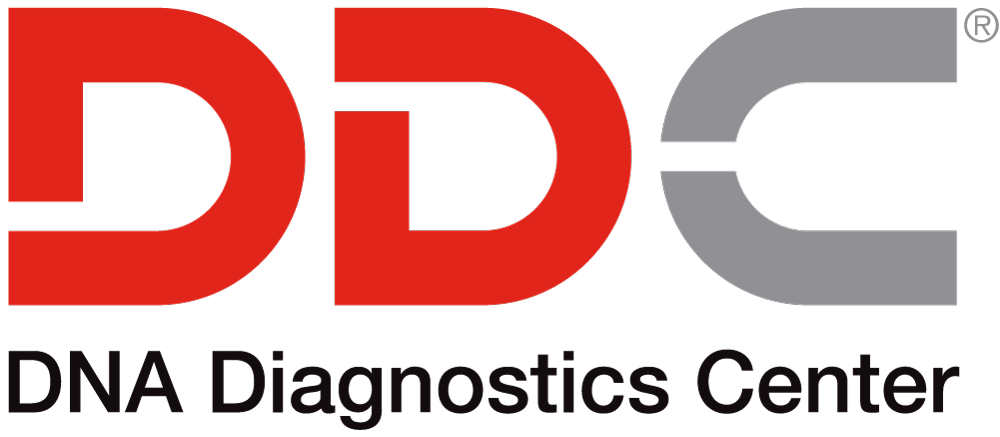AUGUST 26, 2023
Getting a Paternity Test? Learn More About the Process

Getting a paternity test is an important decision, and DNA Diagnostics Center (DDC) can guide you through the process. A DNA paternity test is highly accurate and can determine the biological father of a child if doubt arises regarding parentage. Here, you will find a step-by-step overview of what to expect when choosing paternity testing with DDC.
Step 1: Choosing a Paternity Test Provider
Select a reputable provider like DNA Diagnostics Center (DDC) for your paternity test. Ensure they have a strong track record, AABB and ISO 17025 accreditation, and offer excellent customer service. You will undoubtedly have questions, and a reputable provider can guide you through a fast, seamless experience with collection options that meet your needs.
Step 2: Ordering Your Paternity Test
To begin, contact DDC at 800-929-0847 to discuss your situation and learn about the best testing options for your needs. When you order your test, we can make all your collection arrangements for you – sometimes as soon as the same day. Several sample collection options are available (see Step 4), and your representative will guide you through these options over the phone. DDC provides two types of paternity tests – legal and home tests. We also offer paternity testing before birth for pregnant women beginning at 7 weeks of pregnancy.
Step 3: Determining Which Parties Will Be Tested
In addition to necessary samples being provided by both the child and potential father, in many scenarios, the mother will often provide her DNA sample as well. Although the mother’s sample is not typically necessary to obtain accuracy rates exceeding 99.999% confidence, in certain cases it can be helpful.
For example, if two potential fathers are closely related (brothers, for example), including the mother’s DNA can increase the level of confidence in the results. However, in situations where the mother is unwilling to participate, or her DNA is unavailable, highly accurate paternity test results are still typically achievable.
Step 4: Sample Collection
There are several collection options for providing DNA samples for paternity testing.
Option A: Legal Paternity Test Sample Collection
If DDC’s Legal Paternity Test is ordered, all samples must be collected in person at one of our 5000+ testing facilities nationwide within the DDC network. Our experienced representatives will make all the arrangements for you when you order your test.
The potential father, child, and mother (if willing) can provide their DNA sample in person at the same appointment, or if desired, the representative can arrange separate appointments. It is not uncommon for appointments to be arranged in different states. The DNA samples are collected via a painless cheek swab.
The legal test collection process adheres to AABB standards regarding chain of custody. This method ensures that DNA samples cannot be tampered with and the tested parties’ identities have been verified.
Option B: At-Home Sample Collection
If admissibility in court is unnecessary for your situation, and you do not require names on the final report, you can opt for DDC’s Home Paternity Test. With at-home paternity testing, we can ship a cheek swab kit to the child’s guardian and potential father, so the tested parties can collect their DNA without needing to leave the house. Please note that we cannot ship home collection kits to an address in New York State due to New York State law prohibiting at-home DNA tests. Paternity test reports from home tests will not include the names of the tested parties because we have not verified their identities.
Option C: Discreet Sample Collection
In many cases, women unsure about their child’s biological father prefer to conduct a paternity test discreetly without involving additional parties. With paternity testing, it is possible to collect a potential father’s DNA from various sources and use it as the necessary testing sample. If you choose to use a discreet sample for a paternity test, we will first test it for viability.
A viability test ensures there is enough genetic material on the provided sample to use for DNA testing purposes. Many types of samples can be used for viability testing, including:
- Blood on a Tissue, Bandage, or Clothing
- Fingernail/Toenail Clippings
- Ear Swabs
- Cigarette Butts
- Mucus on a Tissue
- And More
If the provided genetic material is viable (it contains enough DNA to be used as a sample), we will move the process forward and continue to test for paternity. If the sample is not viable, you can submit a different one or have the potential father send in a cheek swab sample.
*While the above options B and C provide the same service and accuracy as DDC’s Legal Paternity Test, we cannot verify that samples have not been tampered with. Because the DNA samples are taken at home or discreetly rather than in a medical facility, no chain of custody process is followed.
Step 5: Receiving Your Paternity Test Results
Once the paternity test results are determined and then reviewed by our in-house Ph.D. team, a technician will prepare your results report.
You can expect results within two business days after samples are received at our lab, although expedited results are available for an additional fee. You will get an email notification as soon as your results are ready. The email will provide you with a link. From there, the link will prompt you to log in to a secure portal where you can view and download your results.
Step 6: Understanding Your Paternity Test Results
If you opt for a court-admissible test, your results will display the names of the tested parties. If your paternity test is not admissible in court, your results will not display the names of the tested parties. Instead, your results will show a case number and use the terms “MOTHER,” “CHILD,” and “alleged FATHER.”
When you review your results, there are three key areas to note:
- Combined Paternity Index
- Probability of Paternity
- The Conclusion Sentence
For legal and at-home tests, the testing process itself is exactly the same, and you can rest assured that the results are accurate for the samples provided.
1. Combined Paternity Index (CPI)
The CPI is an odds ratio indicating how many times more likely it is that the man tested is the biological father than a randomly selected individual from the public with the same racial background.
For example, consider a report that shows a CPI of 42,960,792. In this scenario, the tested party is 42,960,792 times more likely to be the biological father than an individual with the same racial background selected at random. The higher the CPI on the report is, the stronger the results are.
2. Probability of Paternity
If the paternity test determines that the tested man is considered the biological father, the probability of paternity will typically be at least 99.999%. If he is not considered the biological father, the probability of paternity will be 0%.
The probability of paternity can never be 100%. To guarantee paternity at 100%, we would have to also test every man in the world with the same racial background, which is of course not possible.
3. The Conclusion Sentence
If the tested man is the biological father, the sentence will read, “The alleged father is not excluded as the biological father of the tested child.” If he is not the father, it will read, “The alleged father is excluded as the biological father of the tested child.”
About DNA Diagnostics Center (DDC)
DNA Diagnostic Center is the world leader in paternity and relationship testing. We serve healthcare professionals, government agencies, and individuals around the world to determine family relationships with trusted accuracy.
More Questions? Don’t hesitate to call us: we’re here to help!
CALL NOW




